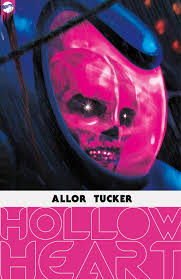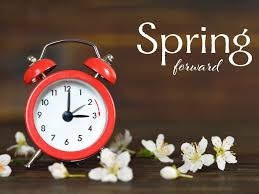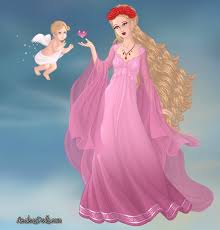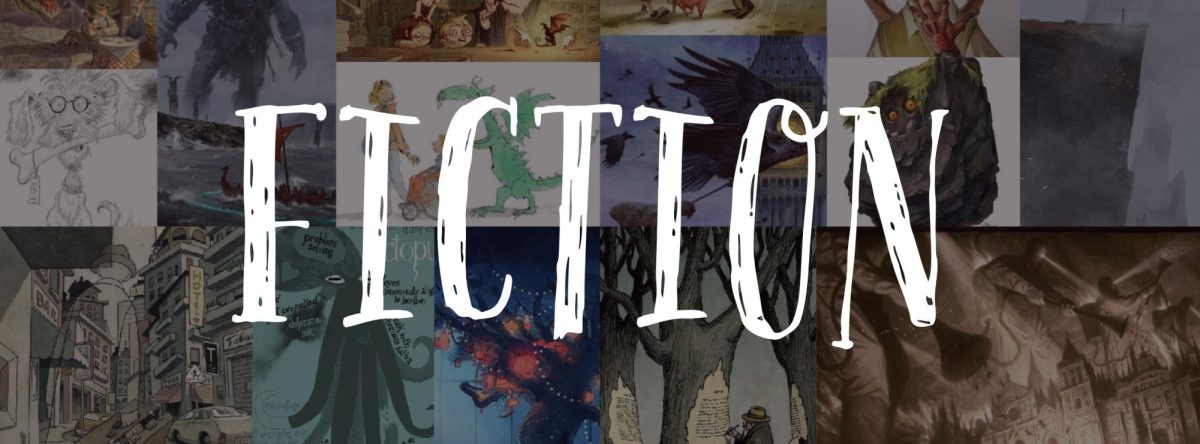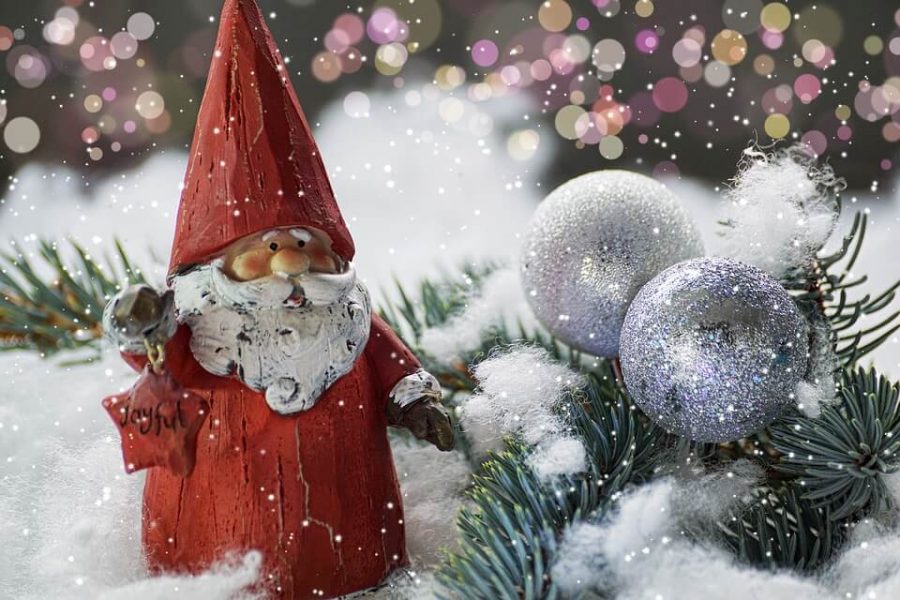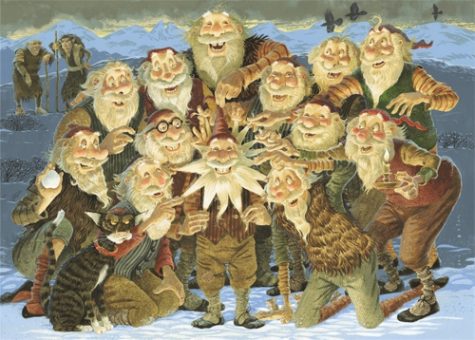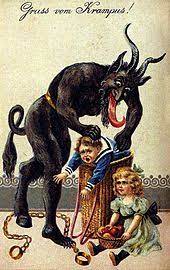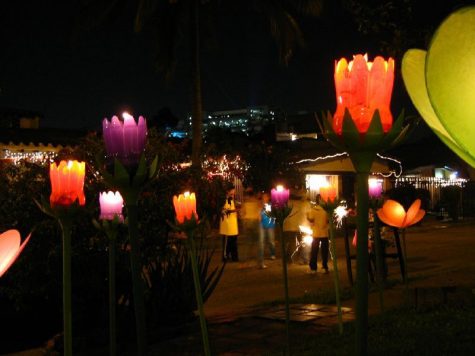The joy of Christmas around the world
As Christmas peeks around the corner, numerous people in different countries are preparing to start celebrating this cheerful December holiday. And as with anything, there are always going to be differences between cultures, but when it comes to Christmas, some places have some very interesting quirks that can be enjoyed by people around the world. So, let’s see what brings people Christmas joy across borders!
In Iceland, Christmas is celebrated for thirteen days instead of the usual twelve days like some religiously Christian families in the U.S. During these thirteen days, children are said to be visited by the 13 Yule Lads, who are the elven sons of two giants (Grýla and Leppaludi). These 13 Yule Lads are known to be mischievous and absolutely love to play pranks during the holidays, and their names are descriptive of their favorite pranks. For example, Pottaskefill (pot-scraper) steals leftover food from pots, and Hurðaskellir (door-slammer) loves to slam doors at night to wake people up. For obedient children, they will leave little gifts in shoes that the children have placed on their window sills, but they leave rotten potatoes in the shoes of naughty children.
For Alpine countries such as Austria, there are two sides of the Christmas coin. On December 6, the townspeople hold a Christmas festival honoring St. Nicholas, who is the inspiration for our modern Santa Claus. However, St. Nicholas has a partner-in-crime named Krampus (we’ve all seen that movie, I’m sure). Krampus is a figure in Central European folklore, and is described as a “half-goat, half-demon” creature with fangs, unruly fur, devil horns, and a long forked tongue who punishes children who have misbehaved that year. It’s said that Krampus either eats the children or drags them to Hell. But on the bright side, St. Nicholas will give you candies, sweet fruits, and other small gifts if you’ve been extra good.
Around the collection of islands that make up The Philippines, the people in the city of San Fernando celebrate by hosting The Giant Lantern Festival. This colorful festival, called Ligligan Parul Sampernandu in Kapampangan, also features a contest for giant lanterns and draws spectators from all over the Philippines and the world. Dubbed the “Christmas Capital of the Philippines,” San Fernando has held this festival since 1904, where it originally began as a small competition between much smaller lanterns than we see today. However, the festival has grown so much in popularity, that the lanterns must have also grown in size, and that’s made apparent by the large bright lights that can be seen from far away. The lanterns are also lit up by kaleidoscope-like patterned lights, and are a sight to behold.
Speaking of lights, Colombia seems to also be a fan of the luminous objects. Little Candles’ Day (Día de las Velitas) marks the official start of the Christmas season in this South American nation, and is celebrated on December 7. Paper lanterns, often in the shape of beautiful flowers, are put over good-smelling candles and placed on window sills, balconies, or front yards. To spread Christmas cheer, these candle lantern displays have now been made into competitions to see which neighborhood or town has the most outstanding exhibit (the best of which are said to be found in Quimbaya). This tradition was started in order to honor The Virgin Mary and the Immaculate Conception, as the majority of Colombia is Catholic.
Lastly, what’s Christmas without a little warmth? In Australia, New Zealand, and other Oceanic countries in the Southern Hemisphere, Christmas is during the summer months. Between the two hemispheres, seasons are swapped and an Aussie or Kiwi would probably be confused if there was snow on Christmas. In New Zealand specifically, cookouts are an ordinary tradition during the holidays, and a slew of fresh seafood, seasonal vegetables and drinks are eaten. The Christmas tree of New Zealand is the Pohutukawa, which is a coastal species of tree that blooms vibrant red flowers during December. While the day is still sunny, Christmas carols are sung in both English and Maori (the language of the native people of New Zealand). The more the merrier, right?
No matter where a tradition comes from, or the history behind it, the glee of the Christmas spirit can be felt in every person’s heart. And not all traditions have to be meaningful or religious, but rather, the only thing that truly matters is the fun and joy that this snowy holiday brings. Merry Christmas!

Alyssa Bruner is a senior at Delphi Community High School. She is involved in varsity Quiz Bowl, along with the track and golf teams and kickboxing. She...




